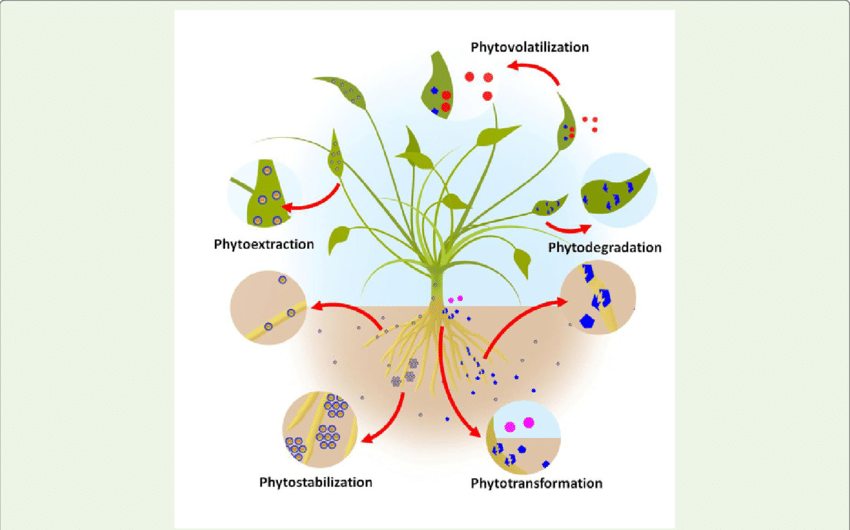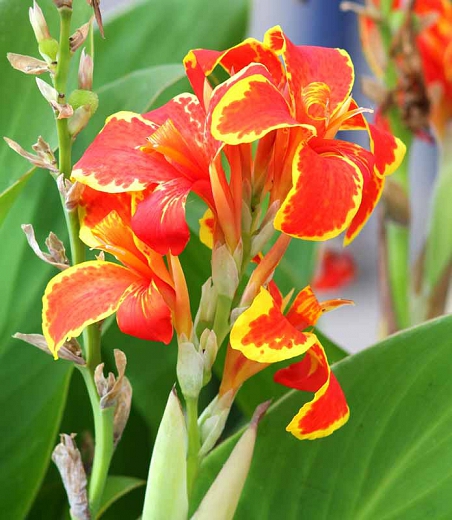AQUACYCLE leads to award of MSc Degree in Tunisia

Ms Fatma Dridi conducted pilot experiments to adapt AQUACYCLE’s eco-innovative wastewater treatment system to Tunisia’s context. For this purpose, she used the actual wastewater collected at the Bent Saidane wastewater treatment facility. This provided the inflow of water in pilot set-ups at the laboratory of Effluent Treatment and Valorization at the Water Research and Technologies Center (CERTE) in the AQUACYCLE partnership. Her research was focused in particular on the constructed wetlands component, which represents the second stage of the eco-innovative APOC technology which starts from anaerobic digestion and a tertiary treatment which leads to solar disinfection in a raceway pond reactor.
In her defense on 21 October 2021 of her MSc dissertation entitled “Rural Wastewaters treatment by the APOC technology: Preliminary study of the stages of Anaerobic Digestion and Constructed wetlands on Laboratory pilots”, she outlined her successful employment of macrophytes to simulate the phytoremediation that occurs in the constructed wetlands.
- About macrophytes
-
Macrophytes are aquatic plants growing in or near water. They may be either emergent (i.e., with upright portions above the water surface), floating or submerged, as illustrated in the image below.

Source: https://www.canr.msu.edu/news/pond_plants_are_a_vital_part_of_a_balanced_aquatic_ecosystem - About phytoremediation
-
Phytoremediation is a plant-based approach, which involves the use of plants to extract and remove elemental pollutants or lower their concentration. This approach is typically applied to the removal of pollutants from soils and groundwater, but can also be applied to the treatment of wastewater. A schematic representation of different types of phytoremediation approaches is illustrated in the image below.

Source: https://www.researchgate.net/figure/Schematic-representation-of-phytoremediation-approaches_fig1_286440107 © Shobhika Parmar
Ms Fatma Dridi employed two types of macrophytes: Phragmites australis in a vertical flow bed and Canna Lucifer in a horizontal flow bed, as illustrated in the figures below.


For more information about the design, operation and maintenance of each of the three components of AQUACYCLE’s eco-innovative wastewater treatment technology, please visit the news post on the dedicated e-learning platform by following this link.









